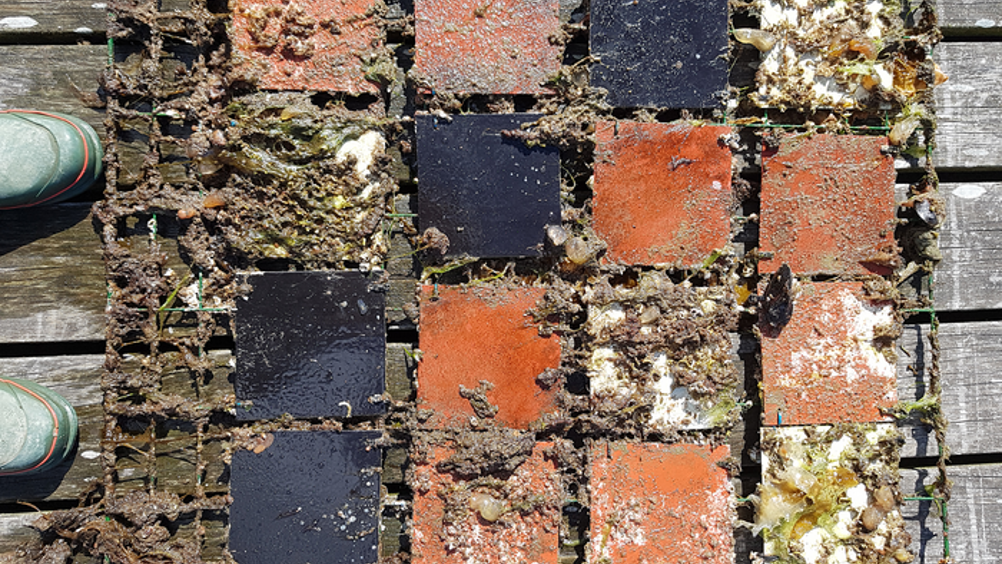Bio-friendly antifouling paint beats toxic alternatives
Researchers at Sweden’s Chalmers University have shown that silicone-based, non-biocidal antifouling paints for boats and ships can outperform toxic, copper-based paints.

Antifouling paints are applied to marine vessels and structures to deter the growth of subaquatic organisms like barnacles, which can affect performance and integrity. However, the copper-based products that proliferate the market are a well-known ecological threat, as the heavy metal does not degrade and can contaminate marine plants and other organisms. Eco-friendly alternatives are available, but copper-based paints still dominate.
“Both the shipbuilding industry and the leisure boating sector have one thing in common: they are highly traditional,” said Maria Lagerström, researcher in marine environmental science at Chalmers. “People like to use the products they are used to, and they are also sceptical as to whether non-toxic alternative solutions really work.”
In an effort to try and address this scepticism, the Chalmers team conducted a year-long study at three sites in the Baltic Sea region and the Skagerrak, the strait between the North and Baltic Seas where Norway, Sweden and Denmark come together. When the researchers compared copper-based antifouling paint with silicone-based paint, it was found that the bio-friendly product outperformed its toxic cousin at keeping the fouling at bay. The work – carried out in partnership University of Gothenburg and the Swedish Environmental Institute IVL - is published in Marine Pollution Bulletin.
Register now to continue reading
Thanks for visiting The Engineer. You’ve now reached your monthly limit of news stories. Register for free to unlock unlimited access to all of our news coverage, as well as premium content including opinion, in-depth features and special reports.
Benefits of registering
-
In-depth insights and coverage of key emerging trends
-
Unrestricted access to special reports throughout the year
-
Daily technology news delivered straight to your inbox










Water Sector Talent Exodus Could Cripple The Sector
Maybe if things are essential for the running of a country and we want to pay a fair price we should be running these utilities on a not for profit...